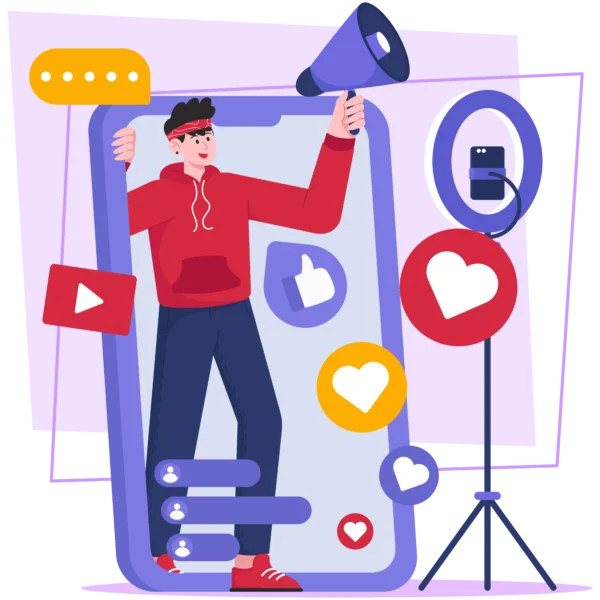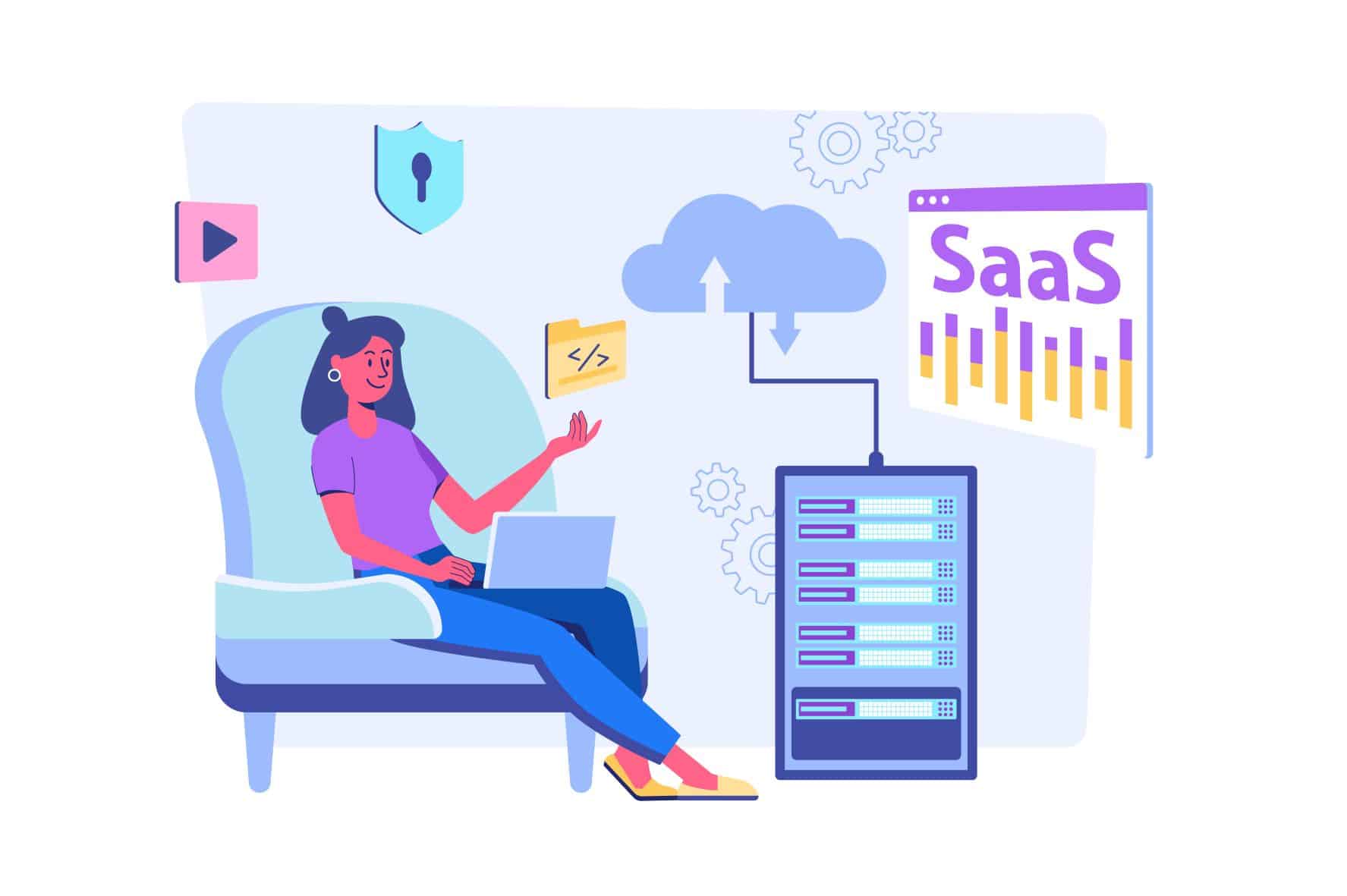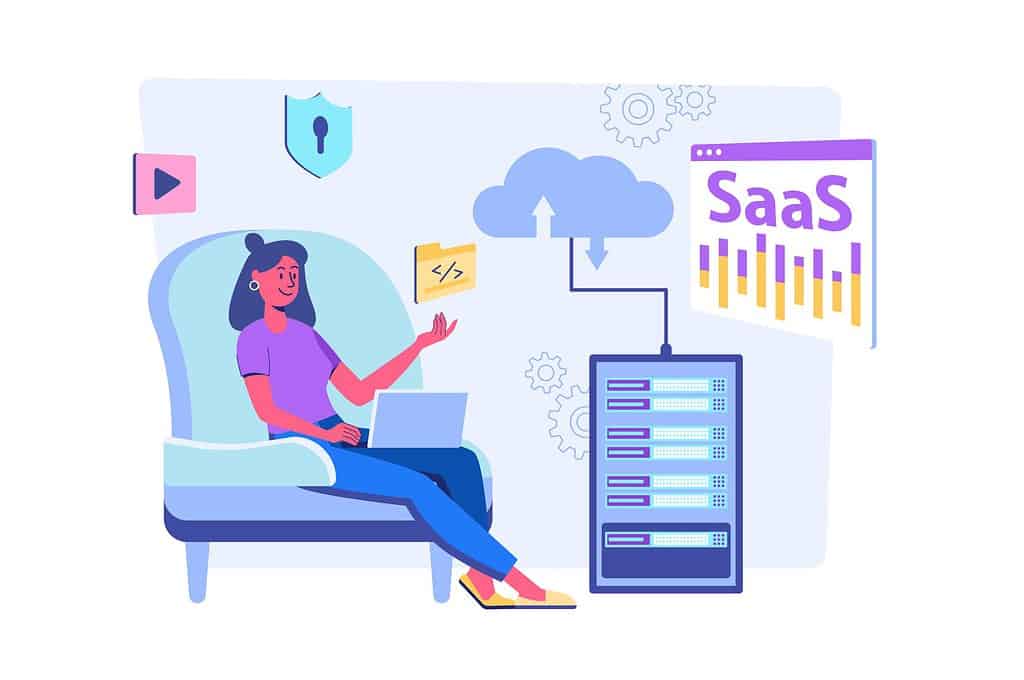Introduction to Visual Content
In the world of digital marketing, visual content is king, and the throne has been increasingly adorned with visuals. It’s no longer enough to simply share information; how you present that information can often make the difference between getting noticed and being overlooked. As the saying goes, a picture is worth a thousand words – and in the realm of content marketing, it can be worth even more in terms of engagement and conversions.
Understanding the importance of visual content in modern marketing strategies is essential for any business looking to thrive in the digital age. Visual content, such as images, videos, and infographics, can:
- Increase user engagement
- Improve information retention
- Boost social shares
- Enhance brand image
Furthermore, visuals provides a way to stand out in a saturated market, attracting the attention of your target audience. Not to mention the fact that it’s often more enjoyable and engaging to consume.
The Impact of Images in Content
Images have a profound influence on content. They can make an article more engaging, a social media post more shareable, and a website more visually appealing. And, importantly, they can simplify complex ideas and concepts.
Several real-world examples highlight the success of image-based content. Consider the popularity of Instagram, where high-quality photos often generate thousands of likes and comments. Or think about successful blog posts, which frequently use compelling images to break up text and maintain reader interest.
The influence of images in content can be broken down into several key points:
- Images grab attention: Our brains are wired to respond to visual stimuli.
- Images convey emotions: A well-chosen image can stir emotions and create a connection with the audience.
- Images enhance understanding: Complex information can often be explained more easily through visual content.
Leveraging Videos for Effective Engagement
Video content has skyrocketed in popularity, becoming an integral part of many businesses’ marketing strategies. This rise can be attributed to various factors, including the increasing accessibility of high-quality video equipment and the growth of platforms like YouTube and TikTok.
Creating compelling video content isn’t just about filming something and sharing it online. It requires an understanding of your audience, a clear message, and careful planning and execution.
To leverage videos effectively:
- Understand your audience: Know what they want to see and how they want to see it.
- Plan your content: Outline what you want to say and how you’ll say it.
- Use high-quality equipment: Poor audio and video quality can deter viewers.
- Edit carefully: Trim unnecessary content, add captions, and make sure the video is easy to follow.

Infographics: Simplifying Complex Data
In an era of information overload, infographics have emerged as a powerful tool to present complex data in a visually appealing and easy-to-understand format. They can help simplify complex ideas, making them accessible to a wider audience.
Creating impactful and informative infographics isn’t always easy, but here are some steps to help:
Identify your target audience: Knowing who will consume your infographic can guide its design and content.
Collect and analyze your data: Your infographic should be based on reliable, accurate data.
Choose a design: The design should make your data easy to understand and visually appealing.
Create your infographic: You can Use a tool or hire a designer to bring your infographic to life.
Share and promote your infographic: Sharing through a lot of different social media platforms helps to have more reach and visibility.
Optimizing Visual Content for SEO
SEO is not just about text; visual content can be optimized for better search engine visibility. This includes using alt tags for images, optimizing video thumbnails, and making infographics SEO-friendly.
To optimize visual contents for SEO:
- Use descriptive file names: Search engines consider the file names of images and videos when indexing.
- Include alt text: This helps search engines understand the content of an image.
- Optimize video descriptions: Include relevant keywords and links in your video descriptions.
- Compress files: Large image and video files can slow down your website, negatively affecting SEO.
Choosing the Right Platform for Visual Content
Choosing the right platform for sharing visual content is essential. Instagram, for instance, is ideal for images and short videos, while YouTube is perfect for longer video content. LinkedIn, on the other hand, can be a great platform for infographics, especially if your audience is other businesses.
Understanding the user demographics and preferences of different platforms is crucial. For example:
Instagram tends to be popular with younger audiences who enjoy visual content.
LinkedIn users typically appreciate informative, industry-related content.
YouTube viewers are often looking for entertainment or educational content.
Measuring the Success of Visual Content
To understand the effectiveness of your visuals content, it’s important to use analytics. You can track metrics like engagement rates, shares, likes, and comments to gauge how well your content is performing.
Key performance indicators (KPIs) for visual content might include:
Engagement: Likes, shares, and comments can indicate how engaging your content is.
Reach: How many people saw your content?
Conversions: Did your content lead to desired actions, such as purchases or sign-ups?
Time spent: How long did viewers spend watching your videos or looking at your images or infographics?
Conclusion: Mastering Visual Content for Maximum Impact
In conclusion, the power of visual content in content marketing so it must be utilize. It plays a pivotal role in engaging audiences, simplifying complex data, improving SEO, and ultimately, driving conversions.
As a final thought, remember that mastering visual content isn’t just about creating attractive images, videos, and infographics. It’s about understanding your audience, choosing the right platforms, measuring your success, and continuously refining your strategy based on your findings. So, are you ready to leverage visual content for better audience engagement and content performance?
In this digital age, mastery of visual content is not an option—it’s a necessity. It’s time to embrace the power of images, videos, and infographics, and watch as they transform your content from ordinary to extraordinary. Start now, and unlock the immense potential that awaits!










